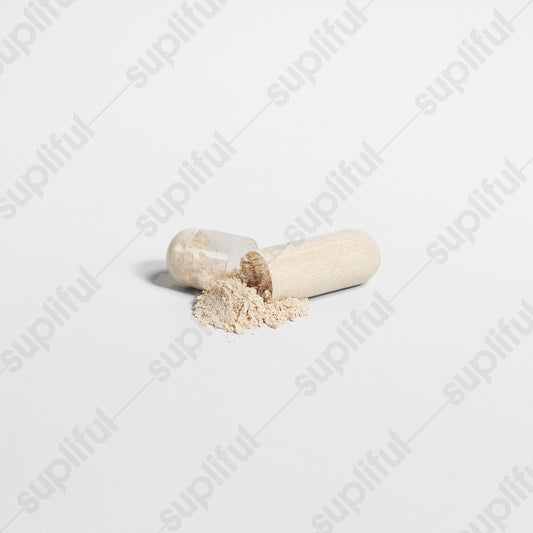The cuisine of Timor-Leste (also known as East Timor) has evolved over the last 500 years, influenced by indigenous practices, colonial rule, and interaction with nearby Southeast Asian cultures. While specific details about foods from each era are limited, here's an overview of the types of foods that have been consumed over this period.
Indigenous Foods
- Staples: Root vegetables like taro and cassava, as well as various kinds of yams, have been foundational foods.
- Proteins: Locally available meats like chicken, goat, and pork were consumed. Coastal communities relied heavily on fish and other seafood.
- Vegetables: Leafy greens and other indigenous vegetables were commonly harvested.
- Fruits: Local fruits like bananas, mangoes, and papayas were common.
Portuguese Influence
Portugal colonized Timor-Leste in the 16th century, and its culinary impact is still visible. Portuguese culinary elements introduced include:
- Bread: European-style bread was introduced by the Portuguese and became a staple food.
- Coffee: Timor-Leste has become known for its high-quality coffee, another Portuguese introduction.
- Spices: Ingredients like garlic, onions, and various spices were integrated into local cuisine.
Indonesian Influence
Indonesia also had a significant influence on Timor-Leste, especially during the period of Indonesian occupation from 1975 to 1999. Some Indonesian foods and flavors that made their way into the Timorese diet include:
- Rice: Though not indigenous to Timor-Leste, rice has become a staple, partially due to Indonesian influence.
- Spices and Flavors: Ingredients like lemongrass, tamarind, and chili peppers have been integrated into local dishes.
Traditional Dishes
- Tukir: A traditional dish of corn, mung beans, and pumpkin.
- Ikan Sabuko: A spicy fish dish with basil and tamarind.
- Tapai: A fermented rice or cassava dish.
- Batar Da'an: A mixed vegetable dish often involving corn, mung beans, and pumpkin.
Beverages
- Coffee: Coffee culture is strong, thanks to Portuguese influence.
- Tua Mutin: Traditional palm wine.
- Herbal Teas: Made from local herbs and plants.
Modern Influences
- Global Foods: The modern era has seen an increase in the availability of foods from around the world, especially in urban areas.
The food of Timor-Leste is thus a rich tapestry of local traditions and foreign influences. With its complex history and vibrant culture, the country offers a diverse and evolving culinary landscape.






